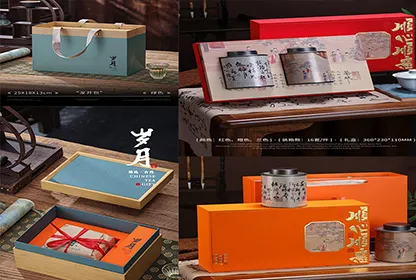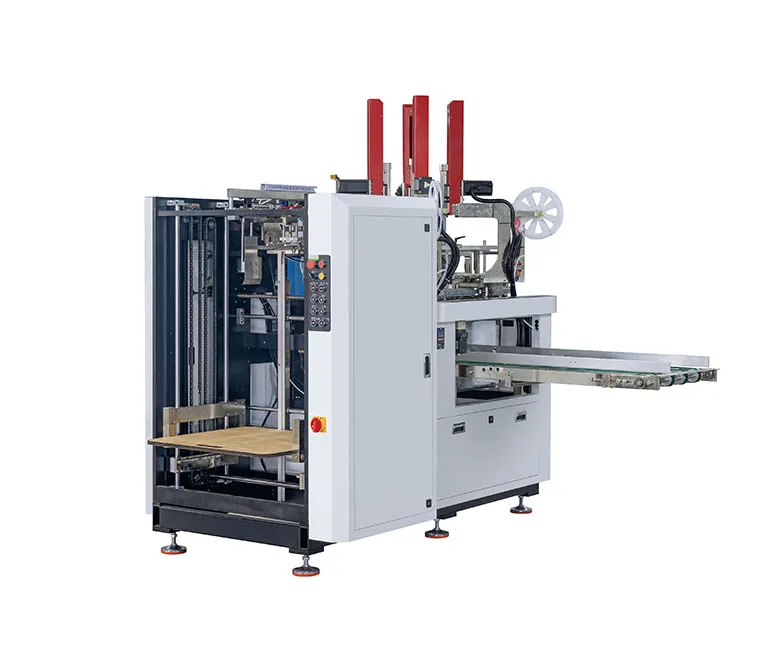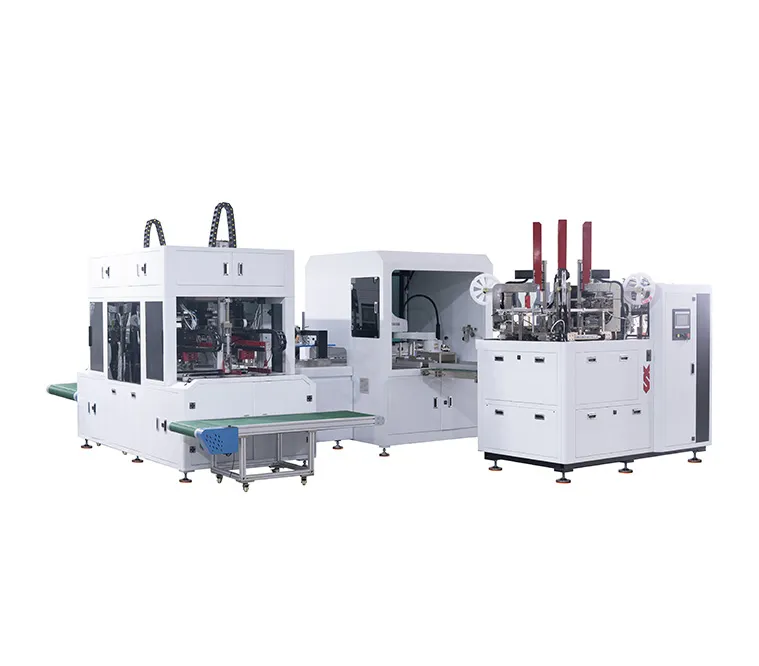Manufacturers' Participation in Exhibitions: A Key Move to Expand Business Horizons
 Sep 15,2025
Sep 15,2025 In the fiercely competitive business environment, participating in exhibitions is a key strategy for manufacturers to expand their business and enhance brand influence, holding great value and opportunities.
In the fiercely competitive business environment, participating in exhibitions is a key strategy for manufacturers to expand their business and enhance brand influence, holding great value and opportunities.
1. An Efficient Platform for Brand Building and Promotion
•Enhancing Brand Awareness: Exhibitions serve as an excellent stage for centralized brand display. Take Hanover Messe Germany as an example – tens of thousands of enterprises worldwide participate in it. Well-known brands consolidate their industry positions through it, while emerging brands can also quickly attract attention. Data shows that the brand awareness of exhibitors among target customer groups increases by an average of 30%-40%.
•Strengthening Brand Image: Exhibitions enable the communication of brand culture and values. For instance, an environmental protection enterprise showcased its green production processes and environmental achievements at an exhibition, conveying its commitment to environmental protection and strengthening its professional image in the environmental protection field.
•Highlighting Differentiated Advantages: Exhibitions provide opportunities for enterprises to compete with competitors on the same stage. A smart home appliance manufacturer launched home appliances with a unique intelligent interaction system; through on-site demonstrations, it highlighted the advantages of convenient operation and high intelligence, standing out in the market.
2. A Powerful Tool for Sales Promotion and Customer Expansion
•Directly Securing Sales Orders: Exhibitions gather customers with procurement intentions. Enterprises can communicate face-to-face with them, shortening the sales cycle. For example, at the China Import and Export Fair (Canton Fair), foreign trade enterprises often sign contracts on-site. The intended order amount of exhibitors during exhibitions accounts for an average of 10%-20% of their annual sales.
•Expanding New Customer Groups: Exhibitions cover all parties in the industrial chain, allowing enterprises to reach potential new customers. A mechanical equipment manufacturer met customers from emerging market countries through an industry exhibition, established long-term cooperation, and gained new business growth points.
•Maintaining Relationships with Existing Customers: Enterprises can invite existing customers to visit exhibitions, showcase achievements in new product R&D and technological upgrading, understand customers’ feedback and new needs, and enhance existing customers’ loyalty. They may also acquire new customers through these customers’ word-of-mouth.
3. A Frontier for Market Insights and Grasping Industry Trends
•Understanding Competitors’ Dynamics: By observing competitors’ products and marketing strategies, enterprises can adjust their own directions. For example, an electronics enterprise discovered competitors’ breakthroughs in appearance design and user experience at an exhibition, then promptly adjusted its product design and increased R&D investment.
•Capturing Changes in Market Demand: Exhibitions are a microcosm of the market. Enterprises can grasp demand trends through customer communication and observing product attention. For instance, low-sugar and low-fat health foods attracted attention at food and beverage exhibitions, prompting manufacturers to increase R&D on related products.
•Grasping Industry Technology Trends: Exhibitions are platforms for launching new technologies and products. In recent years, auto exhibitions have focused on new energy and autonomous driving technologies, enabling automobile enterprises to accelerate R&D and drive industry technological upgrading.
4. An Important Bridge for Resource Integration and Cooperation Expansion
•Seeking High-Quality Suppliers: Exhibitions gather supplier resources. Enterprises can negotiate and select high-quality partners to optimize their supply chains. For example, a garment manufacturer met new fabric suppliers at a fabric exhibition, improving the quality and competitiveness of its garments.
•Expanding Upstream and Downstream Partners: Enterprises can establish cooperation with upstream and downstream enterprises (such as raw material suppliers, distributors, and logistics providers) to achieve resource sharing. For example, a furniture manufacturer collaborated with home decoration suppliers to provide one-stop home solutions, enhancing consumer experience and its own sales volume.
•Promoting Industry-University-Research Cooperation: Professional exhibitions attract universities and research institutions. Enterprises can leverage their scientific research capabilities to enhance innovation. For example, a chemical enterprise collaborated with a university’s chemical engineering college to develop new materials, supporting its product upgrading.
5.Cost-Benefit Analysis: The Advantage of Input-Output Ratio in Exhibition Participation
•Low Customer Acquisition Cost: Compared with traditional methods like telemarketing and advertising, participating in exhibitions has lower customer acquisition costs. Data shows that the cost of acquiring a potential customer through exhibitions is approximately 100-300 yuan, while that through traditional channels can reach 500-1000 yuan or more.
•High Customer Quality and Conversion Rate: Exhibition attendees are mostly industry professionals with demands, so the customer quality is high. The conversion rate can reach 10%-30%, much higher than that of other channels. Moreover, customers after cooperation also have high loyalty and repurchase rates.
•Significant Long-Term Brand Value: Participating in exhibitions multiple times can accumulate brand value and enhance market influence, bringing long-term business opportunities to enterprises. For example, well-known international brands have consolidated their leading positions in the global market through continuous exhibition participation, achieving profit and market share growth.
conclusion
In summary, participating in exhibitions is of great significance to manufacturers. It is an important way for brand promotion, sales expansion, market insights, and resource integration, with obvious cost-benefit advantages. Manufacturers should attach importance to the value of exhibitions, formulate reasonable strategies, and leverage exhibitions to achieve sustainable development. Both large enterprises and small and medium-sized enterprises can seize opportunities from them.







